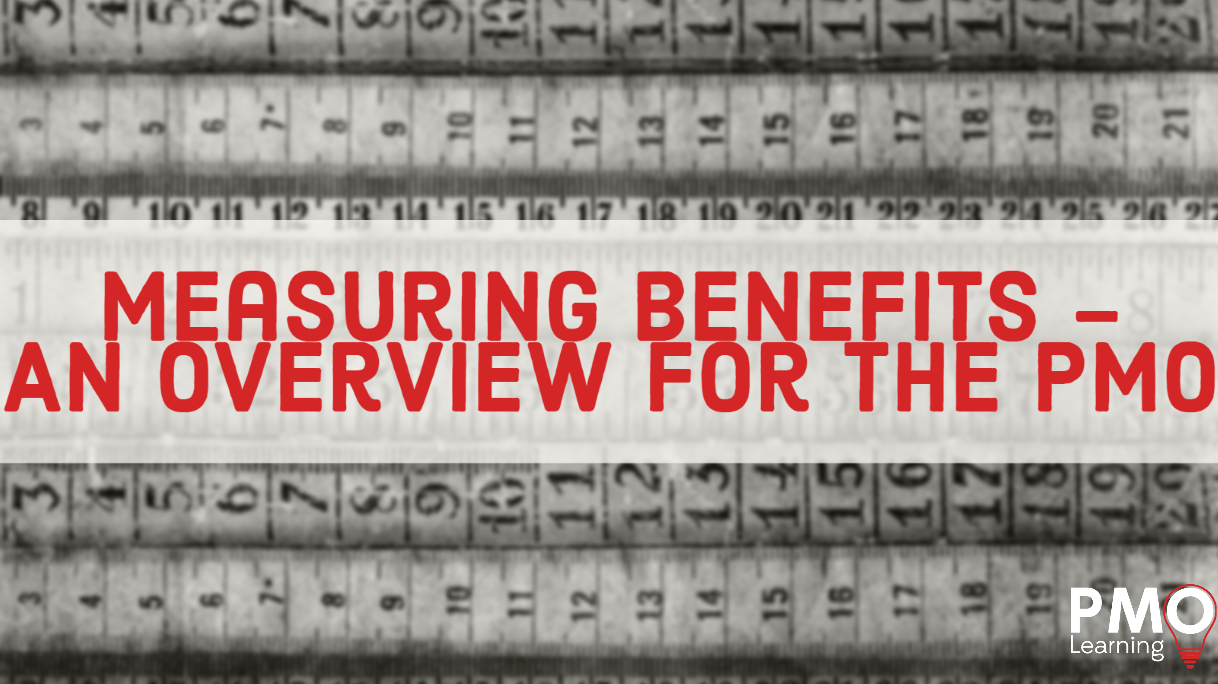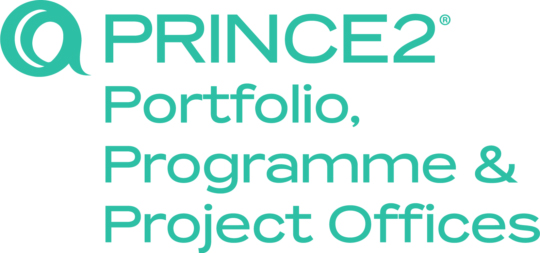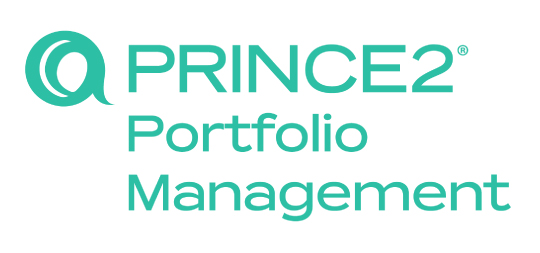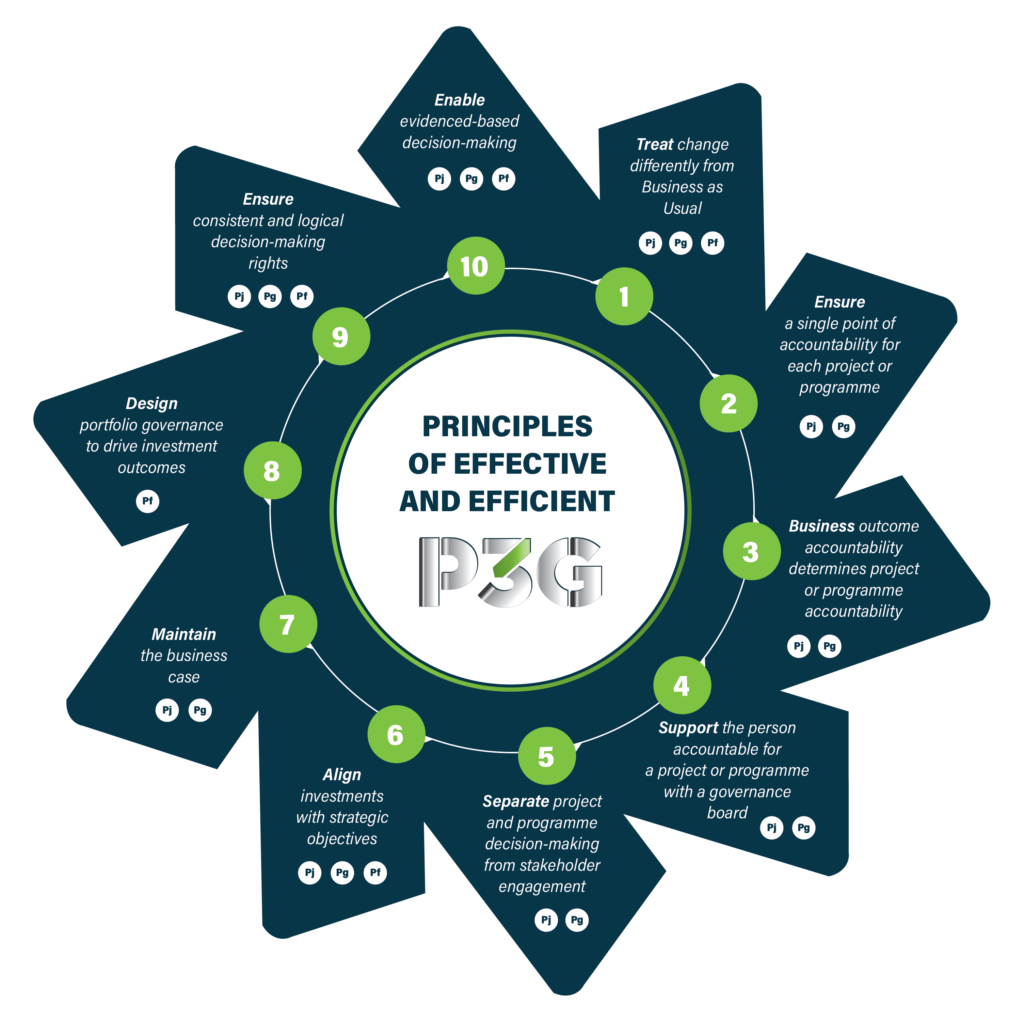One of the biggest challenges when looking at Benefits Management is identifying what metrics we can use to measure benefits. The first point to recognise is that organisations already measure metrics that are important to them. Some measured metrics are fairly universal in organisations – profit, revenue, employee turnover etc. However, others will vary depending on the nature of the business.
For example, a supermarket may measure the size of customers basket, or how much they’re buying. A website may track monthly visitors, and unique visitors. Transport organisations may track footfall etc. Therefore, when we’re looking to understand Benefits Management in an organisation, we firstly need to recognise that each organisation already has a unique set of metrics that demonstrate how the business is performing.
So – how does this relate to the PMO?
When we’re looking to identify benefits that can be used as justification for a project or programme investment, we need to ensure that these benefits are aligned to the pre-existing corporate metrics. In doing so, we have several advantages.
Firstly, as the metrics are already measured by the organisation, we don’t need to write and tailor any new processes for measuring – they already exist! As such, there is typically already someone within the organisation who owns and takes responsibility for these metrics.
This person can give us a clear idea of who the key stakeholders are, as well as an indication of who may be used as a Project Sponsor.
There is also an advantage when looking to report against benefits. By using metrics that are already measured within an organisation, PMO processes used at the end of any reporting period, whether that be weekly, monthly, or quarterly, reporting against such benefits are already well-established.
Furthermore, these reporting processes allow for an easier transition between reporting these benefits to embedding them into business as usual KPIs.
Another important aspect of Benefits Management to consider, is how long should we be tracking benefits seperately from business metrics? Once we have defined this, we can use the PMO to track said benefits, meaning once they have been embedded into BAU, there is already a “home” for them.
This also means that even if the PMO does no benefits reporting, we can demonstrate the step change into BAU when the project has been implemented.
Allowable Benefits
By understanding the established corporate metrics used in an organisation, we can arrive at the concept of “allowable benefits”. An “allowable benefit” is a metric that is allowed to be used to justify a project or programme, as it is an establised, measured metric within the business. By recognising the metrics already measured within the organisation we can establish a ‘list’ of sorts, that can be used within a benefits profile to provide justification for a business case.
This ‘list’ helps us to identify some greater, qualitative “extra” benefits, that are not measurable against the defined business metrics.
Let’s look at an example.
If a pizza company were looking to invest in advertising, their “allowed benefits” may be increased profits, increased revenue, more customers through the door, more app users for example. Whilst these may be used within a benefits profile to justify a business case, there are other, non-quantifiable benefits we may experience.
For instance, increased public awareness of the company. This isn’t a corporate metric, and so isn’t measured, and can’t be considered as an “allowable benefit”.
However, this is not to disuade the importance of these qualitative benefits – they just cannot be used as a justification within a business case. Instead we can view them as “extra” advantages within a business case, just not as defined and measurable benefits against the business metrics.
Learning more about Benefits Management
If you’re looking to learn more about Benefits Management, at PMO Learning we have a one day course which provides an overview of the full Benefits Management lifecycle. Specifically for the PMO professional, the class also explores the challenges, and potential strategies and tactics to overcome them, when implementing Benefits Management within an organisation.
Modules include:
- Overview of the Benefits Management Lifecycle
- Benefits Identification
- Benefits Evaluation
- Benefits Planning
- Benefits Realisation
- Benefits Review
- Reflection and Action Planning
Find out more and book your place here!
Enjoying Our Blog?
Sign up and receive all our articles (we’ll send you an update once a week!) plus special offers and events:
